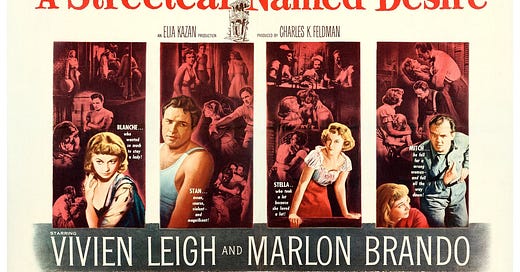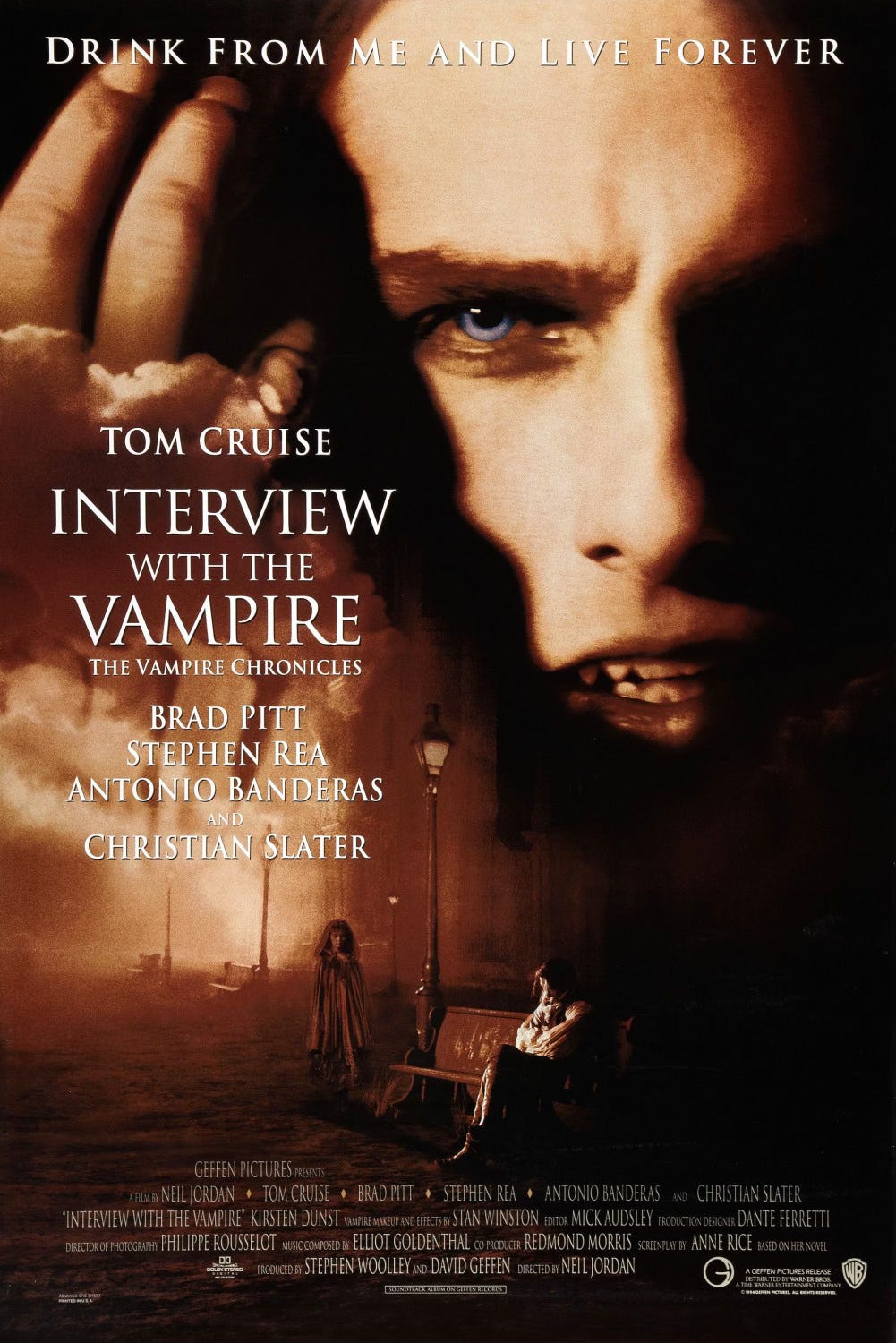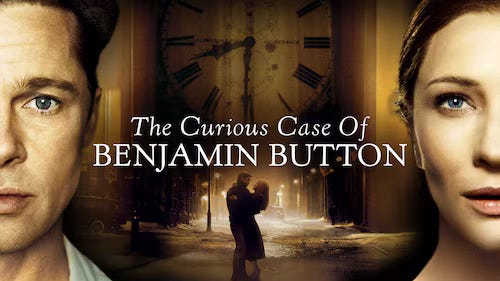Louisiana’s Hollywood Connection: 7 Famous Movies Filmed in the Bayou State
From the rich, historic streets of New Orleans to the mysterious bayous and dense swamps, Louisiana has been a star in its own right on the silver screen. Known as “Hollywood South,” the state’s diverse landscapes, stunning architecture, and vibrant culture have provided the backdrop for some of the most memorable movies ever made. In this post, we’ll explore some of the most famous movies filmed in Louisiana, highlighting how this unique state has captivated filmmakers and moviegoers alike.
Grab your popcorn, and let's dive into the cinematic magic that makes Louisiana a favorite destination for Hollywood’s biggest productions.
A Streetcar Named Desire (1951)
A Streetcar Named Desire, directed by Elia Kazan and based on the play by Tennessee Williams, is an iconic film that put New Orleans on the cinematic map. While the majority of the film was shot in Hollywood sound stages, the atmospheric French Quarter scenes played a crucial role in creating the film's sultry and intense mood. Marlon Brando's portrayal of Stanley Kowalski remains one of the most iconic performances in film history, and Vivien Leigh's performance as Blanche DuBois brought Tennessee Williams’ complex characters to life.
The movie’s connection to New Orleans gave the city an aura of intrigue and romance, offering a glimpse into a place where life moves at its own pace, fueled by jazz music, streetcars, and the Spanish moss hanging from ancient oaks.
Interview with the Vampire (1994)
When it comes to capturing the supernatural allure of New Orleans, Interview with the Vampire remains a standout. Directed by Neil Jordan and based on Anne Rice’s novel, the film stars Tom Cruise, Brad Pitt, and Kirsten Dunst. Set in both the historic French Quarter and the sweeping landscapes of the Louisiana countryside, the movie brings a haunting beauty to its dark tale of eternal life.
Key scenes were shot in iconic locations such as the historic Lafayette Cemetery No. 1, with its above-ground tombs, and the grand mansions that line St. Charles Avenue. The film’s production embraced the city's atmospheric qualities—its misty nights, dimly lit streets, and the ever-present sense of the past lurking just below the surface. The film's release led to a wave of Anne Rice fans flocking to the city, eager to walk the same streets as the immortal characters.
The Curious Case of Benjamin Button (2008)
David Fincher's The Curious Case of Benjamin Button brought an epic, time-traveling love story to the screen, starring Brad Pitt and Cate Blanchett. The film’s plot revolves around Benjamin, a man who ages backward, and is set against the backdrop of New Orleans, showcasing the city’s timeless charm across decades. The French Quarter, Uptown, and the historic Garden District serve as the perfect settings for a narrative that weaves through the 20th century.
From scenes on the bustling streets of New Orleans to the peaceful banks of Lake Pontchartrain, The Curious Case of Benjamin Button embraces Louisiana’s varied settings. The film’s use of local architecture and landscapes immerses viewers in the Crescent City’s unique atmosphere, contributing to its three Academy Award wins.
12 Years a Slave (2013)
12 Years a Slave, directed by Steve McQueen, tells the powerful and harrowing true story of Solomon Northup, a free Black man who was kidnapped and sold into slavery. Filming took place in several historic Louisiana locations, adding an authenticity and depth to the narrative that brought Northup’s story to life.
The movie was shot at real plantations such as Felicity Plantation, Magnolia Plantation, and Destrehan Plantation. The use of these historic sites brought a visceral realism to the story, immersing viewers in the painful history of the antebellum South. The sweeping visuals of moss-covered trees, endless fields, and riverbanks contrasted with the harrowing experiences of the characters, creating a cinematic experience that is as visually stunning as it is emotionally intense. The film’s success at the Oscars, including its Best Picture win, is a testament to the power of Louisiana’s historic landscapes in telling this essential story.
Jurassic World (2015)
Jurassic World brought the thrill of dinosaurs back to the big screen, and Louisiana played a surprising role in creating the film’s prehistoric paradise. Directed by Colin Trevorrow, the movie used Louisiana’s diverse natural landscapes to stand in for the fictional Isla Nublar.
Key scenes were shot in New Orleans East, including the abandoned Six Flags amusement park, which was transformed into part of the dilapidated theme park overrun by dinosaurs. The state’s swamps and dense forests also provided the perfect setting for the jungle-like environments of Jurassic World. The movie's seamless blending of CGI with the natural beauty of Louisiana created a thrilling adventure that captivated audiences worldwide, turning the Bayou State into a stand-in for the wilds of a prehistoric world.
Logan (2017)
Logan, directed by James Mangold, marks the final chapter in Hugh Jackman’s portrayal of Wolverine, bringing a more grounded, gritty tone to the X-Men universe. The movie, set in a dystopian near-future, used Louisiana’s rugged landscapes to enhance its bleak and atmospheric storyline.
Filming locations included Amite City and other rural parts of northern Louisiana, which provided the desolate, sun-soaked landscapes that matched the film’s somber tone. The use of Louisiana's backroads and small towns helped convey a sense of isolation, making it the perfect setting for a superhero’s last stand. Logan became a critical and commercial success, and Louisiana’s scenery added a layer of authenticity to the film's raw, Western-inspired feel.
Green Book (2018)
Based on a true story, Green Book chronicles the unlikely friendship between African American pianist Dr. Don Shirley (Mahershala Ali) and his Italian-American driver Tony Vallelonga (Viggo Mortensen) as they tour the segregated South in the 1960s. Directed by Peter Farrelly, Green Book is a poignant look at racism, friendship, and music. New Orleans plays a prominent role in the film, which captures the lively music scene, jazz clubs, and classic architecture of the city.
Filming locations included the Orpheum Theater and various streets in the French Quarter, where the film’s depiction of Dr. Shirley’s performances brought a sense of historical authenticity to the story. Green Book won multiple Academy Awards, including Best Picture, and showcased the cultural and historical richness of New Orleans, making it a key part of the film's narrative.
Conclusion: Louisiana’s Lasting Impression on Hollywood
Louisiana’s varied landscapes, rich history, and cultural depth have made it a beloved location for filmmakers, providing the backdrop for some of Hollywood’s most memorable stories. From the vampire-filled streets of New Orleans to the sprawling plantations that tell the stories of our past, Louisiana’s cinematic settings are as diverse as the stories they help to tell.
Whether you’re a fan of thrilling dinosaur adventures, epic love stories, or powerful historical dramas, there’s no denying the magic that Louisiana brings to the big screen. The next time you watch one of these films, take a moment to appreciate the stunning backdrops and the rich cultural heritage that Louisiana has to offer.
If you enjoyed this look at Louisiana’s Hollywood connections, be sure to subscribe to our blog for more insights into the Bayou State’s unique culture and history. Share this post with your fellow movie buffs or anyone planning a trip to Louisiana, and stay tuned for more exciting stories from the Sportsman’s Paradise!











